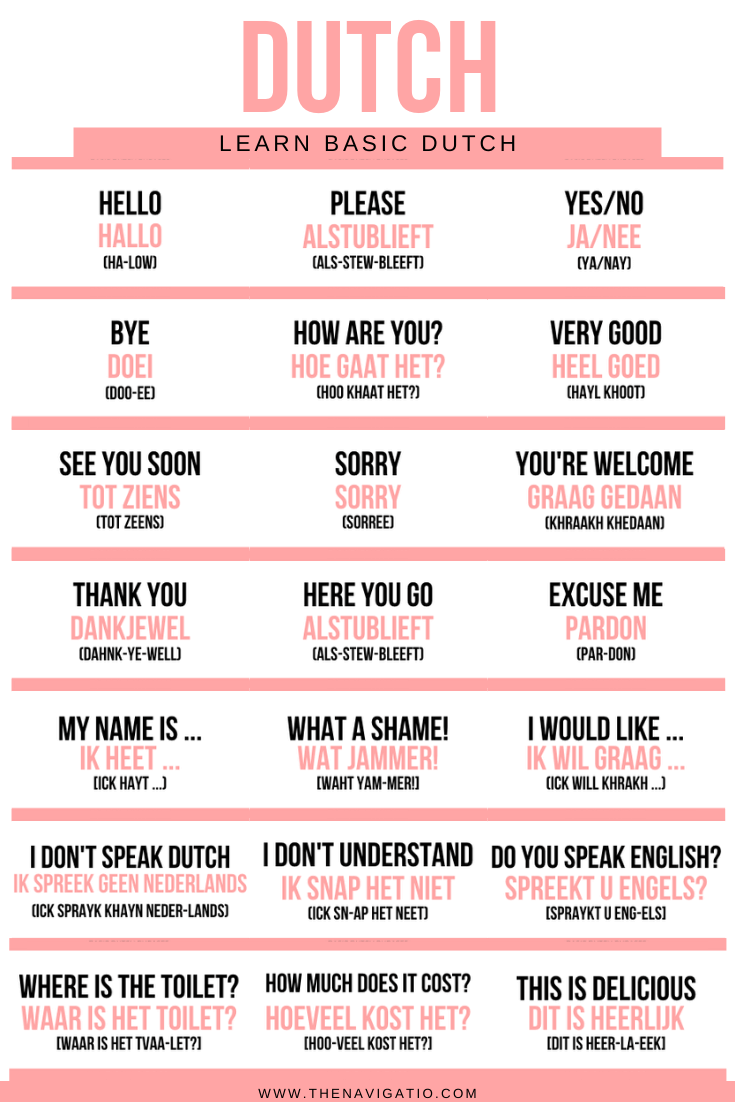Expressing Disapproval in Dutch: Common Phrases and their Meaning
Telling Someone to be Quiet Politely
One polite way to tell someone to be quiet for a moment in Dutch is “kan je/kunt u even stilhouden?”. Using “u” makes it even more respectful. This translates to “can you be quiet for a moment?”.
Maintaining Composure with Manners
This phrase allows you to express that you need someone to be quiet respectfully. It acknowledges the other person while still communicating your need for silence. Asking “can you” implies a request rather than a demand, helping diffuse tension. Using “u” adds extra courtesy by addressing them more formally. Overall, it maintains composure through polite manners.

Informal Ways to Tell Someone to be Quiet
When wanting to be more casual, some common informal phrases used are “Hou je kop!” or “Hou je klep dicht!”.
Expressing Exasperation through Colorful Language
“Hou je kop!” directly translates to “hold your head!” but essentially means “shut up!”. It’s a bit more blunt than polite requests but still avoids swearing. “Hou je klep dicht!” uses the colorful word “klep” meaning “trap” to tell them to close their mouth in a fun way. Both inject personality while expressing exasperation over noise without crossing into disrespect. The unconventional words make the request more lively and casual for informal settings.
More Emphatic Ways to Demand Silence
For expressing strong annoyance, some emphatic phrases include “Hou godverdomme je bek dicht!” and “Hou toch je mond, hou toch stil!”.
Underlining Frustration through Emphasis
“Hou godverdomme je bek dicht!” basically says “hold your animal’s mouth closed, god damn you!”. The swear emphasizes intense irritation that swearing is warranted. “Hou toch je mond, hou toch stil!” means “hold your mouth, hold still already!”. Repeating “toch” stresses this is the fifth time being asked and frustration has peaked. Both underline frustration through emphatic language, leaving no ambiguity about the level of disapproval being conveyed.
Telling Someone to Leave Respectfully
A respectful way to tell someone to leave in Dutch is “Ga toch fietsen!”.
Encouraging Departure with Humor
Literally meaning “go cycling!”, “Ga toch fietsen!” essentially means “go take a hike!” in a lighthearted way. Using the colorful word “fietsen” replaces the ruder implications of “taking a hike” with a fun image of cycling off. This allows expressing the sentiment of wanting someone to depart respectfully while maintaining civility through humor. The playfulness softens the message for polite situations.
Comparing Variations
The variations generally differ in terms of politeness and intensity to fit different contexts and relationships.
Tailoring the Message to the Situation
More polite variations like “kan je/kunt u even stilhouden?” are suitable for maintaining composure, like with children. Blunter but still casual ones like “Hou je kop!” work for informal contexts between friends. Strongly emphatic variants convey high irritation without ambiguity. And humor helps communicate wanting someone to leave respectfully. Overall, the ability to choose variations tailored to context helps Dutch speakers appropriately express disapproval, whether politely, casually, or intensely as needed, maintaining control over tone and message.
Cultural Significance of Word Choice
Dutch notably specifies which physical part should be “shut”, often the head or mouth, perhaps emphasizing lack of debate.
Underlining Finality through Precise Language
By singling out exactly which body part should be “shut” - like one’s head or mouth - the variations imply disproof won’t be entertained. Telling someone to literally “shut their head/mouth” underscores there will be no back-and-forth discussion. The specificity communicates the finality of the request more forcefully than vague phrases. This precision in word choice distinctively characterizes Dutch ways to demand silence as aiming to definitively end discussion through unambiguous language. It allows expressing disapproval in a very clear, culturally nuanced way.
Conclusion
In conclusion, the variations found in Dutch to express disapproval and demand silence provide speakers with tools to tailor the tone and intensity of their message based on cultural nuances and the context of the situation or relationship. The ability to respectfully, casually, or intensely underline the message through emphasis, humor or precision in word choices gives control over communicating dissatisfaction appropriately.

